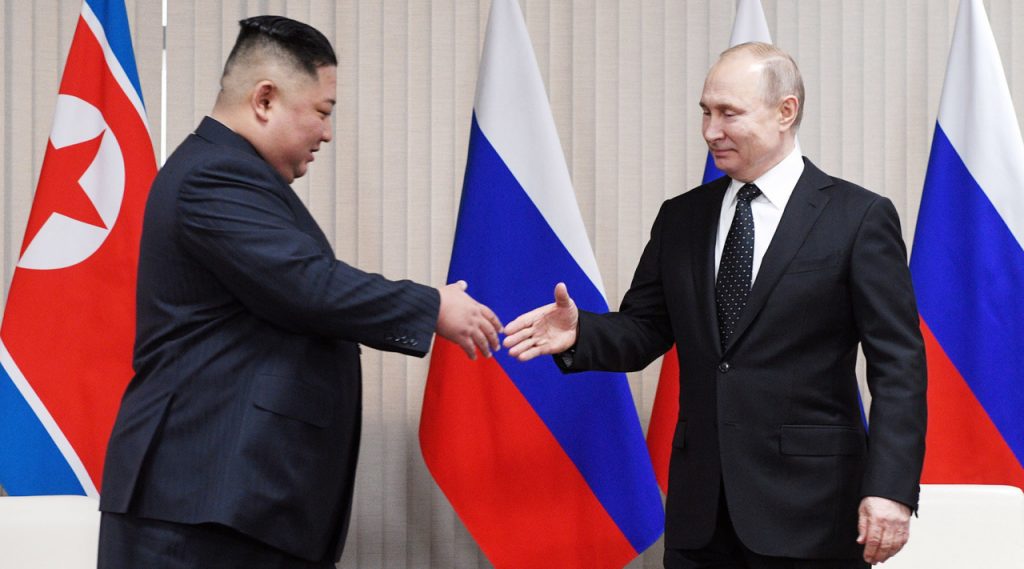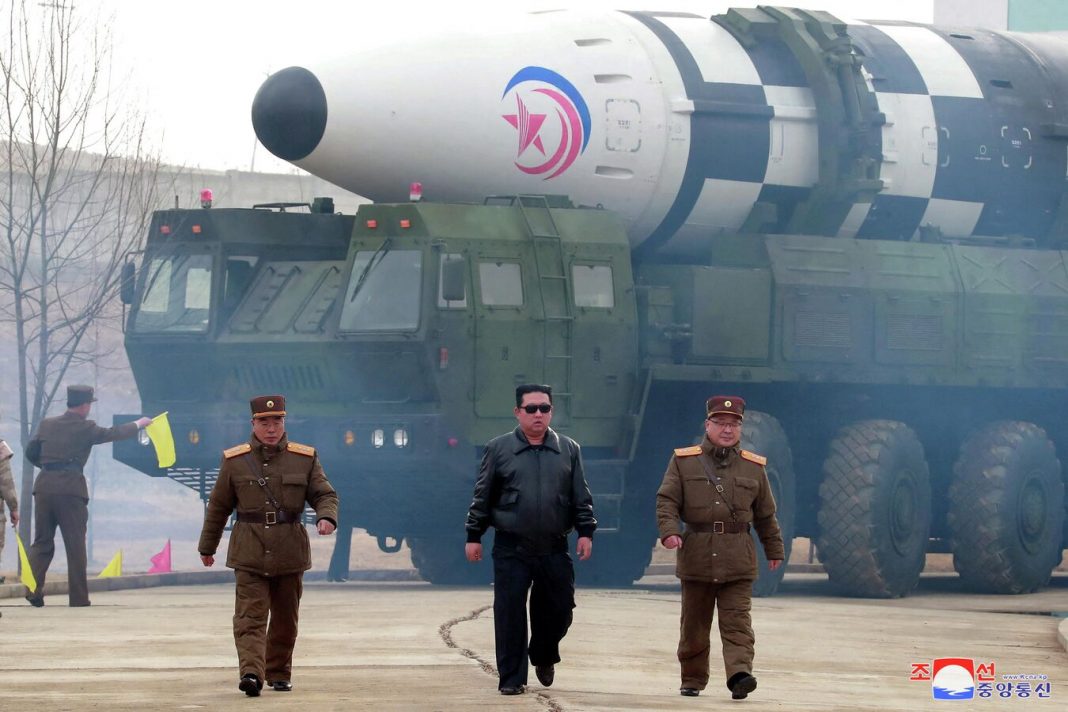In early 2024, the White House formally accused Russia of using short-range ballistic missiles sourced from North Korea to strike Ukraine. National Security Press Secretary John Kirby announced similar information on January 5, citing recently declassified intelligence data. Kirby also said the United States plans to raise this issue in the United Nations Security Council.
John Kirby called North Korea’s arms transfer to Russia a “significant and troubling escalation” and also noted that the United States would impose additional sanctions against those facilitating arms deals.
In turn, Moscow and Pyongyang continue to deny conducting any arms deals. Despite numerous evidence of an increase in trade turnover between the two countries and the recording of suspicious cargo delivered from the DPRK to Russia, both countries only declare the development of cultural and economic ties.
At the same time, Russia’s possible use of North Korean ballistic missiles caused condemnation from Great Britain as well as South Korea. The latter said back in November 2023 that North Korea may have supplied the SVBM to Russia as part of a larger arms deal that also included anti-tank and anti-aircraft missiles, artillery and mortar shells, and rifles.
According to the White House, during the massive missile attacks on the territory of Ukraine (December 29 and January 2), Russia launched at least one North Korean ballistic missile. However, according to the same sources, it landed in an open field. As early as the second attack (January 2), Russia may have launched several North Korean missiles as part of a broader wave of heavy air strikes. The White House noted that they are still assessing the impact of these missiles.
It is important to note that on December 29 and January 2, Russia launched some of the most intense attacks on Ukrainian territory during its full-scale invasion. On January 2, Kyiv said that since Friday, Russia has launched more than 300 unmanned aerial vehicles and missiles of various types throughout Ukraine.
Although Washington has not officially said which missiles might be in question, John Kirby said in a statement that they have a range of about 900 km (550 miles) and showed a graph showing KN- missiles. 23 and KN-24. Also, several Ascolta sources report that we may be talking about a wider variety of missiles potentially ready for delivery to Russia (however, confirmation of their transfer has yet to be received).

Despite several claims made by US officials in recent days, no evidence has been produced. Moreover, the use of North Korean missiles by Russia was not confirmed in Ukraine. However, this possibility should not be completely ruled out. Since cooperation between Moscow and Pyongyang is indeed intensifying, its development in the military sphere should not be ruled out.
How could Russia get missiles from North Korea?
In 2006, North Korea first announced nuclear weapons tests, after which it came under international sanctions. The United Nations has imposed a complete embargo on the supply of any weapons, both from the DPRK and in the opposite direction. The corresponding UN resolution was supported, among other things, by Russia.
In November, South Korean officials said North Korea was likely to supply short-range ballistic missiles to Russia as part of a larger arms deal that also included anti-tank and anti-aircraft missiles, artillery and mortar shells, and rifles.
Since August 2023, Russian vessels connected to the military logistics system have been spotted visiting the port of Rason on North Korea’s northeast coast, according to US and South Korean officials who cite intelligence data. As of November, North Korea had shipped approximately 2,000 shipping containers from Rason that could carry weapons and ammunition.
What can North Korea get in return?

According to John Kirby, who cites US intelligence data, in exchange for missiles and other weapons, North Korea can receive military technologies from Russia, including in the field of aircraft manufacturing, surface-to-air missiles, armoured vehicles, as well as necessary minerals and resources for the production of new types of weapons.
It is also possible that the use of North Korean ballistic missiles against Ukraine may serve the purpose of testing them in real combat conditions, as well as studying their capabilities in countering Western air defence systems.
At the same time, it is essential to pay attention to the fact that the actively discussed information about Russia’s use of North Korean missiles (which still has not received official confirmation) can be replicated to put pressure on the situation in the Korean Peninsula, where the situation between Pyongyang and Seoul. It is currently too early to talk about the possibility of unfreezing the old conflict, but some experts note that such an option could divert Beijing’s attention from Taiwan.


